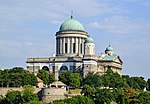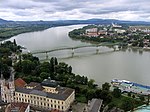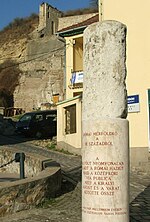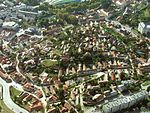Christian Museum, Esztergom
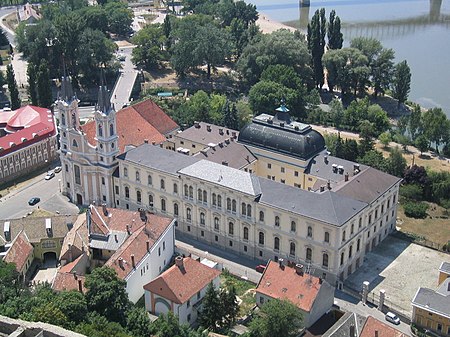
The Christian Museum (Hungarian: Keresztény Múzeum) is the largest ecclesiastical collection in Hungary; it conserves European and Hungarian works of art from the period between the 13th and 19th centuries. The permanent exhibition of the Christian Museum is situated on the second floor of the Primate's Palace in Esztergom-Víziváros, on the bank of the Danube river. The extensive collections of Hungarian, Italian, Dutch, German and Austrian paintings make this museum the third most important picture gallery in Hungary. Many works of art come from the territory of present-day Slovakia in which area part of the archdiocese of Esztergom lay at the time of the formation of the collection (the 1870s). Besides late medieval and Renaissance works of art — including the Calvary Altarpiece by Thomas of Coloswar, the Lord's Coffin from Garamszentbenedek, and the Passion scenes by Master MS — the baroque and modern collections, the collection of the decorative arts, and the collection of prints and drawings are significant.
Excerpt from the Wikipedia article Christian Museum, Esztergom (License: CC BY-SA 3.0, Authors, Images).Christian Museum, Esztergom
Mindszenty hercegprímás tere, Esztergomi járás
Geographical coordinates (GPS) Address Nearby Places Show on map
Geographical coordinates (GPS)
| Latitude | Longitude |
|---|---|
| N 47.7975 ° | E 18.734833333333 ° |
Address
Prímási Palota
Mindszenty hercegprímás tere 2
2500 Esztergomi járás, Víziváros
Hungary
Open on Google Maps

